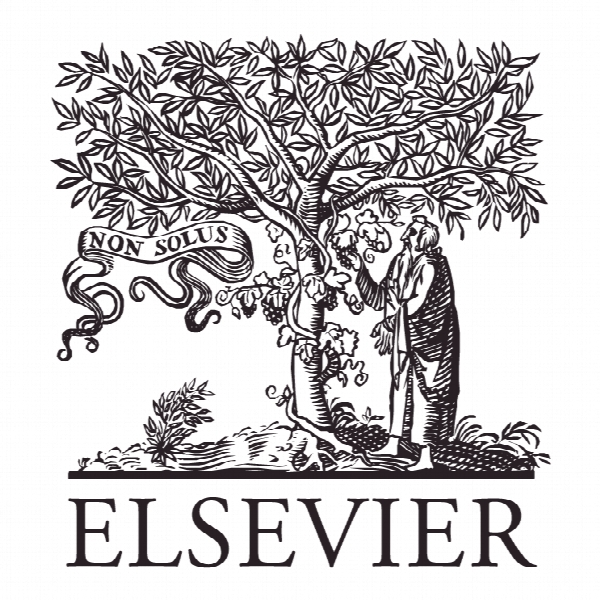مدلسازی یک اینترنت اشیا فعال شده زنجیره تامین برای غذای فاسد شونده با قطب های تامین دو ستونه Modeling of an IoT-enabled supply chain for perishable food with two-echelon supply hubs
- نوع فایل : کتاب
- زبان : انگلیسی
- ناشر : Elsevier
- چاپ و سال / کشور: 2018
توضیحات
رشته های مرتبط فناوری اطلاعات، مهندسی صنایع
گرایش های مرتبط اینترنت و شبکه های گسترده، شبکه های کامپیوتری، لجستیک و زنجیره تامین
مجله مدیریت صنعتی و سیستم های داده – Industrial Management & Data Systems
دانشگاه Northwestern Polytechnical University – Xi’an- China
منتشر شده در نشریه الزویر
کلمات کلیدی انگلیسی Internet of Things, Conceptual model, Supply chain for perishable food, Two-echelon supply hubs
گرایش های مرتبط اینترنت و شبکه های گسترده، شبکه های کامپیوتری، لجستیک و زنجیره تامین
مجله مدیریت صنعتی و سیستم های داده – Industrial Management & Data Systems
دانشگاه Northwestern Polytechnical University – Xi’an- China
منتشر شده در نشریه الزویر
کلمات کلیدی انگلیسی Internet of Things, Conceptual model, Supply chain for perishable food, Two-echelon supply hubs
Description
1. Introduction Millions of people are increasing their spending on fresh, delicious but perishable and expensive goods like fruits, seafood, etc. According to the AQSIQ Statistics Report, the demand for salmon (which is a kind of popular seafood) imported to China has increased from 74 thousand tons in 2003 to 283.8 thousand tons in 2013 (www.aqsiq.gov.cn/zjsj/tjxx/tjsj/). The huge demand for perishable food has stimulated the development of many related profit-making industries greatly, e.g., the cultivating, processing, and transportation of the perishable products. These activities are connected throughout the operations of the supply chain for perishable food (SCPF). Nowadays, the supply chain revolution is reshaping a lot of industries through reconsidering the organizations, people, activities, information, and resource flow which are involved in moving a product or service from supplier to customer as a system (Bowersox et al., 2007). The supply chain management implies a highly effective network of business relations that serves to improve efficiency by eliminating duplicate and nonproductive work. Thus, the profit-makers are increasingly paying more attention on the operations of SCPF which is known as the farm-to-fork sequence. These operations are intended to satisfy the huge market demand and expand in market shares, including farming (i.e. land cultivation and production of crops), processing, inspection, packaging, warehousing, transportation, distribution, and marketing (Iakovou et al., 2014). However, the performance of SCPF is frequently challenged by the characteristics of perishable food and the cross-regional logistics activities (Zhang, Wang, and Liu, 2017). The 2008 FMI/GMA Unsaleable Report on perishable food estimated that the total unsaleable goods has increased $3-$5 billion in 2010 (Grunow and Piramuthu, 2013). These challenges mainly fell into three categories. The first one is the consumers’ decreasing tolerance of the degradation of perishable food. The second one is the possible lack of supervision that may cause the unsaleable goods flow into the market, threatening the consumers’ health. The third challenge is the urgent need to reduce the high operational cost of supply chain and to improve the operational efficiency. Faced with these challenges, the perishable food industry should reconsider the current operational models of supply chain and upgrade the supply chain management systems, so that the supply chains can deal with the unpredictable situations better, and meet the quality requirements for food consistently (Eksoz et al., 2014). In this paper, we analyzed the existing problems and proposed a conceptual model for SCPF to transport perishable goods timely, safely, and economically.


